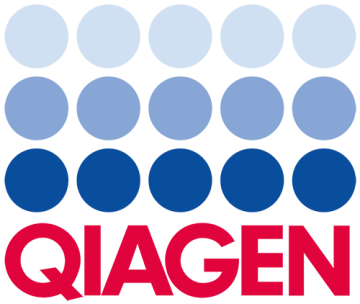Isoleucine Degradation I
L-isoleucine is one of the three main branched chain amino acids (BCAAs), along with L-leucine and L-valine. The catabolic pathways of the BCAAs can be divided into two sequential series of reactions, referred to as the common pathway and the distal pathway. The common pathway includes the enzymes branched-chain-amino-acid aminotransferase, branched-chain α-keto acid dehydrogenase complex, and 2-methylacyl-CoA dehydrogenase. These three enzymes catalyze the conversion of all three BCAAs to their respective acyl-CoA derivatives (methylacrylyl-CoA, 3-methylcrotonyl-CoA, and (E)-2-methylcrotonoyl-CoA for L-valine, L-leucine, and L-isoleucine, respectively), though the intermediates formed by these enzymes are different for the different amino acids. The distal parts of the pathways are completely different for the three BCAAs, and comprise enzymes specific for each amino acid (
